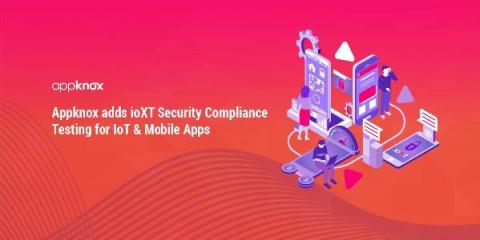IoT Devices Built to Meet Cybersecurity Needs
The Internet of Things (IoT) includes items such as smart appliances, smartwatches, and medical sensors. For organizations to enjoy all of the benefits and convenience of IoT devices, enterprise customers must fully understand the potential risks and threats to their systems and the underlying data. IoT devices often lack built-in security controls, a situation which creates risks and threats for federal agencies and consumers.









